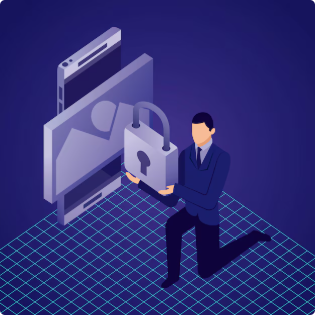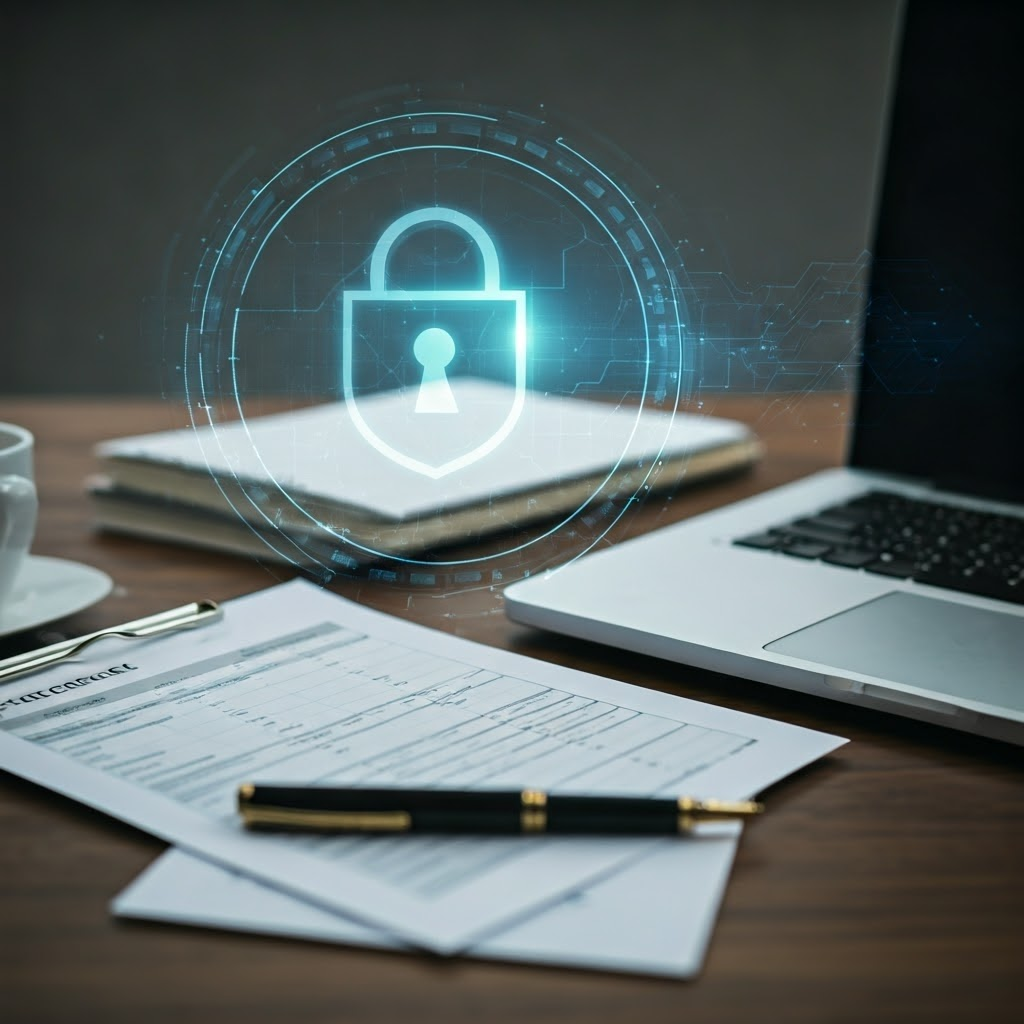Introduction
Understanding the Challenges in OT Backup Management
OT backup management has different challenges than traditional IT environments. While IT systems mainly deal with data, OT systems manage physical processes. This basic difference requires a special way to handle backup and recovery that considers the specific features and risks of OT.
Using old equipment, unique protocols, and needing real-time operations makes it hard to use traditional backup solutions in OT settings. Additionally, combining IT and OT networks has increased the chances of a data loss.
The Increasing Complexity of OT Environments
Operational Technology (OT) environments are getting more complex. This is due to advanced technologies and the need for better connections. Control systems, which used to be separate, are now linked together. This allows for centralized monitoring and data analysis.
While this connection helps improve operational efficiency, it also creates challenges for backup management. OT networks, often made up of older systems and special protocols, were not built with cybersecurity in mind. For example, the rise of SCADA (Supervisory Control and Data Acquisition) systems can create weaknesses. These weaknesses can be used by attackers to disrupt operations or steal sensitive data.
Combining OT and IT networks makes things even more complicated. This mix blurs the lines between traditional IT and OT worlds. It requires a complete approach to security and backup management. This approach must address the different problems found in both areas.
Risks of Data Loss in Operational Technology
Data loss in OT can cause serious problems. It affects not just how well businesses run but also public safety and national security. Unlike IT data loss, which mostly slows down business, OT data loss can hurt important services like power grids, water treatment plants, and factories.
The risk of data loss in OT is getting worse because cyberattacks are becoming more advanced. Bad actors now often target industrial control systems. Ransomware attacks are showing up more often. These attacks can shut down vital services, leading to costly downtime, harm to the environment, and possibly even loss of life.
So, having a strong backup plan for OT is not just important for business. It is vital for national security and the well-being of society. This helps ensure that essential services can keep working and protects against major disasters.
Crafting a Robust OT Backup Strategy: A Solution Overview
A strong OT backup strategy is very important to reduce risks. It takes a mixed approach that looks at the unique challenges in OT environments. This means finding key OT assets, using the right backup solutions, and adding security measures at each step of the backup process.
Being proactive about OT backup management helps cut down downtime, keeps business running smoothly, and protects against serious data loss. It is key for organizations to invest in a reliable OT backup solution and team up with skilled OT security experts to handle the challenges of today’s connected world.
Key Components of an Effective Backup Strategy for OT Devices
An effective backup plan for OT devices should focus on protecting critical data. It also needs to make sure the data can be recovered if something goes wrong. The 3-2-1 backup rule is a key guideline; it suggests keeping multiple backup copies on different types of storage and in various places.
Key parts of the plan are:
- Regular Backups: Set up a regular backup schedule. This should depend on how important the data is and how quickly it needs to be recovered.
- Offsite Storage: Keep some backup copies in a different location. This helps protect the data from local disasters or cyberattacks that might hit the main site.
- Data Encryption: Protect backup data both when it is stored and while it is moving. This helps stop unauthorized access and keeps the data safe.
- Immutable Backups: Use storage that cannot be changed. This helps keep backups safe from tampering, ensuring they stay the same.
By using these key parts, organizations can lower the risks of data loss and increase their ability to handle different threats.
Incorporating OT Security into Backup Processes
Data security is very important in OT backup plans. OT data is sensitive, so it’s essential to have strong security measures in the backup process. Companies should use strong encryption for data that is stored and data that is being sent. This will keep unauthorized people from getting into valuable information.
To deal with cyber threats, organizations need to stay alert and take action to prevent issues. Regularly checking for vulnerabilities and doing penetration tests can help find and fix weaknesses in the backup system. Using multi-factor authentication for backup systems adds extra security and makes it harder for attackers to break in.
By following these strong security practices, companies can better protect their OT backup data from unauthorized access. This helps keep data safe and ensures there are reliable backups available when they are needed most.
Step-by-Step Guide to Implementing Your OT Backup Plan
Implementing a good OT backup plan takes a step-by-step method. Start by finding out which OT assets and data are important. Also, figure out how long you can be without them (RTOs) and how much data loss is acceptable (RPOs). Then, look at your current backup setup and see if there are any issues that need fixing.
After you understand what your organization needs and how your tools work, you can pick the right backup and recovery options that fit your needs and budget. Make sure to test your backup steps and update them often. This helps keep them working well and ready to deal with new risks.
Identifying Critical OT Systems and Data for Backup
Before you set up a backup solution, it’s important to find out which OT systems and data are the most important in your organization. These systems and data are crucial because if they get damaged, your operational efficiency and productivity could suffer. They may also create risks for safety or the environment.
Start by making a detailed list of all OT assets. This includes control systems, SCADA systems, programmable logic controllers (PLCs), and any other devices necessary for your work. Once you know what you have in your OT environment, group them by how critical they are.
Focus on systems that manage critical infrastructure or key functions in your operational processes. By giving priority to the most important assets and data, your backup strategy will better protect against major disruptions.
Selecting the Right Backup Solutions for OT Devices
Selecting the right backup solutions for your OT environment depends on what your organization needs and the OT devices you use. Think about factors like backup speed, storage space, and how well it works with your current systems. Many prefer incremental backups because they only save the changes made since the last full backup. This approach saves time and space.
Cloud storage is becoming a good option for OT backups. It provides scalable options and protects data offsite. But, you should carefully check the security features, delays, and how it affects real-time data access when looking at cloud solutions. The recovery process is very important for OT environments because downtime can cause major problems.
Pick a solution that allows quick and reliable restoration of critical data. This helps to keep operations running smoothly. Solutions that let you recover specific files or system settings can make the recovery faster and cut down on downtime.
Best Practices for Regularly Testing and Updating Backup Procedures
Regularly testing your backup and recovery procedures is crucial to guarantee their effectiveness and ensure your organization can readily recover from data loss incidents. The ever-evolving threat landscape and changes within your OT environment demand a dynamic approach to backup management. Regularly review and update your backup procedures to align with your organization’s evolving needs and incorporate emerging security best practices.
| Best Practice | Description | |
| Regular Testing | Conduct periodic tests to ensure backups can be restored successfully, verifying data integrity and recovery speed. | |
| Documentation | Maintain detailed documentation of backup procedures, including system configurations, backup schedules, and recovery steps. | |
| Training | Provide comprehensive training to the OT team responsible for managing and executing backup and recovery processes, ensuring they understand their roles and responsibilities. |
By adhering to these best practices, organizations can maintain the reliability and security of their OT backups, providing peace of mind and minimizing the potential impact of data loss events.
Why Choose Our OT Backup Management Services?
In today’s connected industrial world, keeping your Operational Technology (OT) safe is very important. Our OT backup management services offer full data protection designed for the needs of industrial settings. We know how vital your OT systems and data are. We understand that outages can cause big financial losses and disrupt operations.
Our skilled team has a lot of experience in OT security and backup management. We make sure your important data is handled carefully and correctly. We work together with your organization to create backup and recovery plans that fit your specific needs. You can trust us to protect your OT infrastructure. We give you peace of mind knowing your critical data is safe.
Expertise in Tailoring Backup Solutions to OT Requirements
We know that every OT environment is different. They often have old systems, special protocols, and different levels of OT convergence. Because we understand these details, we can create solutions just for your industrial environment. We start by carefully checking your OT structure. This helps us find important assets, data flows, and possible weak spots.
This in-depth look helps us build a backup and recovery plan that fits your organization’s needs. It will match your risk level, recovery time objectives (RTOs), and recovery point objectives (RPOs). Whether you have standalone OT systems or combined IT/OT environments, our team has the skills to use the right solutions for you.
By using a personalized method, we make sure your OT backup plan keeps your critical data safe. This reduces the chance of problems that can disrupt work or cause financial trouble. Rely on our custom solutions for trustworthy data protection in your OT environment.
Proven Track Record in Enhancing OT Data Security and Recovery
Data security is very important in all our solutions. We use top security methods and technologies to protect your OT data during backup and recovery. Our solutions include strong encryption for data that is stored and in transit. We also use multi-factor authentication and do regular security checks to reduce possible weaknesses.
If you do experience data loss, our fast recovery process helps reduce downtime and keeps your operations running. Our team quickly restores your critical data to lessen the effect on your business. We know that fast recovery is vital in OT settings, and we work hard to get you back to normal as soon as possible.
Our success in improving OT data security and recovery is clear. We have assisted many organizations in different industries strengthen their OT resilience. This gives them the confidence to handle the complex threats we face today.
Conclusion
In conclusion, creating a good backup plan for Operational Technology (OT) devices is very important today. Knowing the challenges and risks of OT backup management is the first step to protecting critical data and keeping operations running smoothly. By adding OT security into your backup methods and regularly checking and updating them, you can improve data security and recovery abilities. It may help to work with experts who know how to customize backup solutions for OT needs for a strong and personalized plan. If you want to learn more about our backup management services for OT, get in touch with us today.
Frequently Asked Questions
What makes OT backup management different from IT backups?
OT security and backup management face different challenges than IT backups. The importance of the OT environment and the risk of data loss are key factors. There’s also a strong need to reduce downtime. Because of this, we need special solutions made just for control systems and operational processes.
How often should OT device backups be updated?
The best backup frequency for OT devices depends on how important the data is, how much risk you can handle, and your industry rules. Still, it is usually a good idea to have a scheduled update plan. This can include daily incremental backups and weekly full backups. This helps keep data security high and reduces any possible downtime.
Can you customize backup solutions for specific OT environments?
OT environments usually need special solutions made just for their needs. Things like the kind of OT devices, work processes, and how sensitive the data is mean that they need unique plans. This helps to improve operational efficiency and keep data safe.
What are the first steps towards improving OT backup strategies?
The first steps include looking closely at your current OT Backup setup. You need to find out what critical data you have and check how you back it up and recover it. This review helps you plan and create a good OT backup strategy.
How frequently should backups be performed for OT devices?
The how often you back up OT devices depends on a few things. These include how important the system is, how sensitive the data is, and how fast you need to recover it. It is important to back up data regularly. This could be every day, week, or month. Doing this helps keep data security strong and makes the recovery process easier.
What are the essential components of an effective backup strategy for OT devices?
- Regular data backups are an important part of any OT-specific backup plan.
- Offsite storage is needed for disaster recovery.
- Data protection requires encryption.
- A strong recovery solution is necessary.
- Periodic risk assessments help adjust to new threats.














